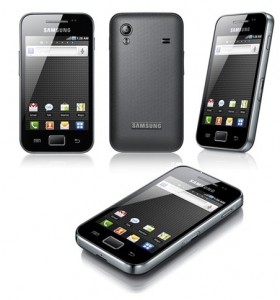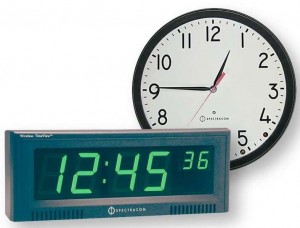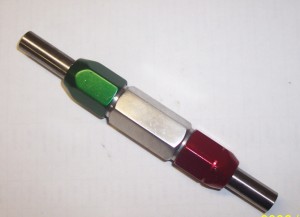AmazonUK, quite a while ago, instituted the Super Saver delivery option on certain of their products.What this entailed for customers in South Africa, and a few other Commonwealth countries, is free delivery on orders over GBP25.
 I would have liked to have taken advantage of this previously but for some reason the deal doesn’t applyto any video games. I did recently have the opportunity to try it out when I placed an order for a book and a Blu-Ray disc.
I would have liked to have taken advantage of this previously but for some reason the deal doesn’t applyto any video games. I did recently have the opportunity to try it out when I placed an order for a book and a Blu-Ray disc.
The main advantage with ordering from AmazonUK is the usually lower prices on products, and also the some times earlier availability of certain products. The book I ordered was on special at half the cost of what I could obtain it locally, and the Blu-Ray at the time wasn’t in stock with local suppliers.
To keep their costs down, AmazonUK make use of standard Royal Mail postage service. One major drawback with this is the lack of tracking system for your parcel. When I placed my order they said it would take 8 working days to arrive here, which placed in SA on the 22nd of December.
Being near Christmas I didn’t really expect it to arrive that early, and previous packages I’ve sourced elsewhere have spent extended times in customs before arriving.
On the 30th I finally received notice that the package had arrived at the post office. Going to pick it up I was greeted with a small invoice from SARS. The customs duties I was charged weren’t exorbitant, but definitely off set the expected savings from the overseas order.
I was charged roughly 16% tax on both items, plus a ZAR15 admin fee. In the end I payed about R320 for products I would have paid R470 for had I bought it through local suppliers. Although it meant it took about two and a half weeks to arrive here, whereas I could have expected the same package within a week had I purchased it locally.
So as long as you have the time it definitely seems worth the while. You do place a slight bit of trust in the SA Post Office, but although the degree of service I’ve had from them over the past few years has been extremely varied, I don’t recall them ever having lost one of my packages.
Reading through the Super Saver details however, it states that it is only available until 15 January 2012. From what I understand they are in the habit of extending these dates, as it has been available for more than a year. There exact words are: “At the end of this period, we reserve the right to further extend, amend or withdraw this offer”
NOTE: Since this post it appears that Amazon chose not to extend the period. No news on how permanent this is.




